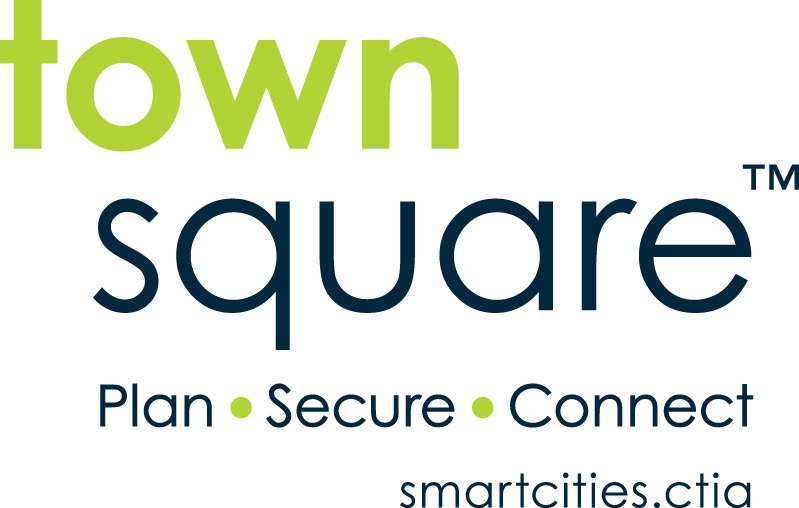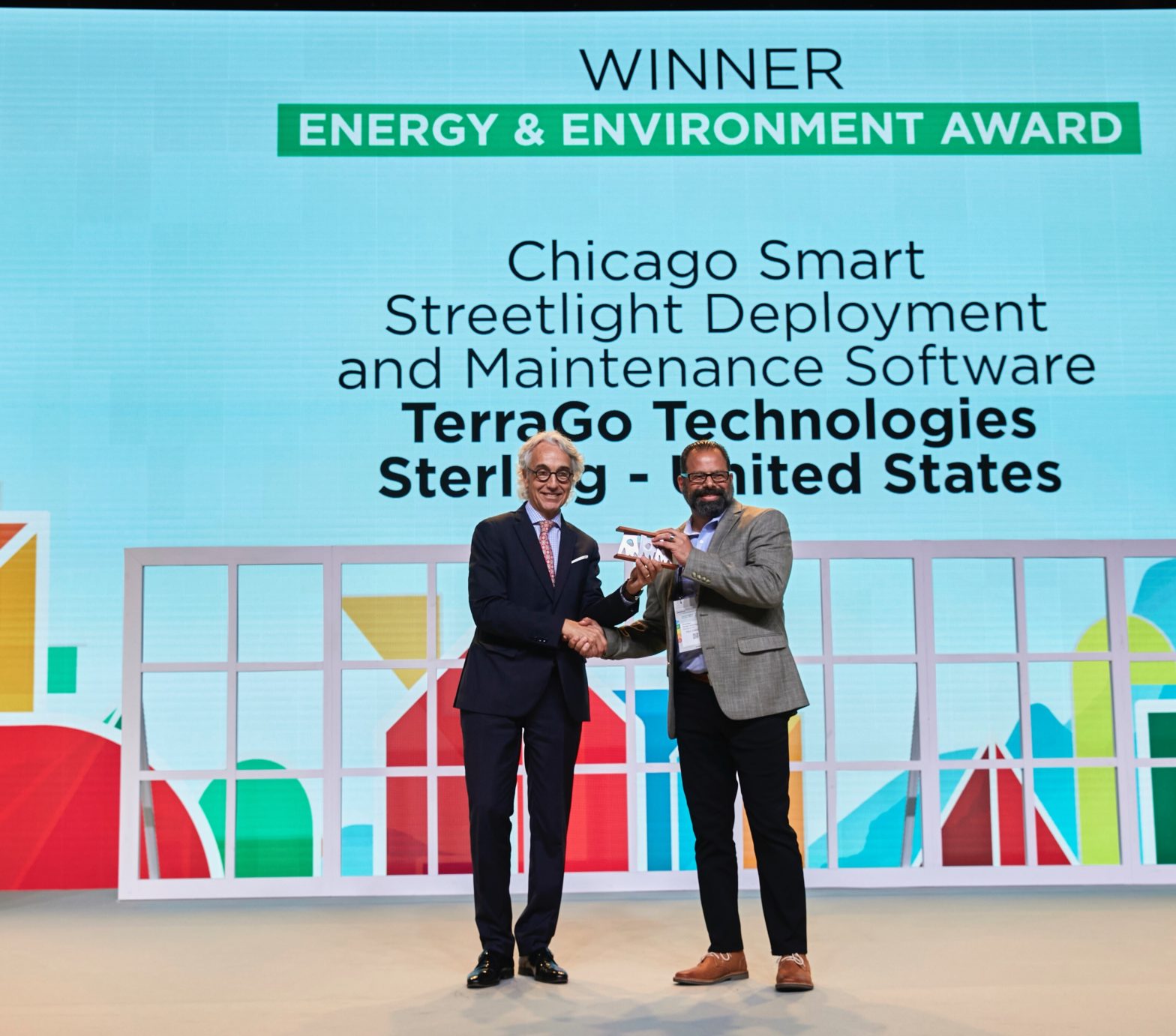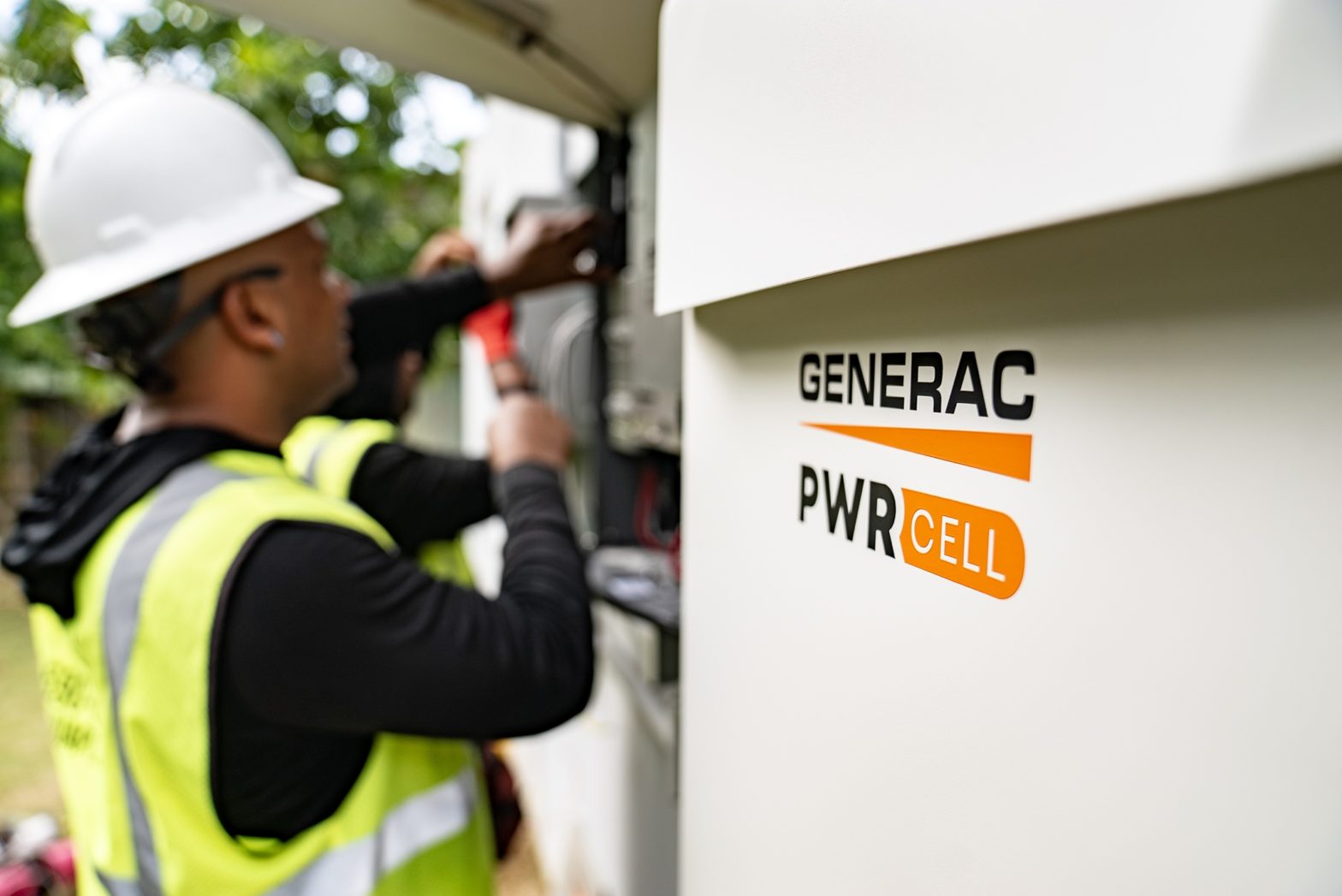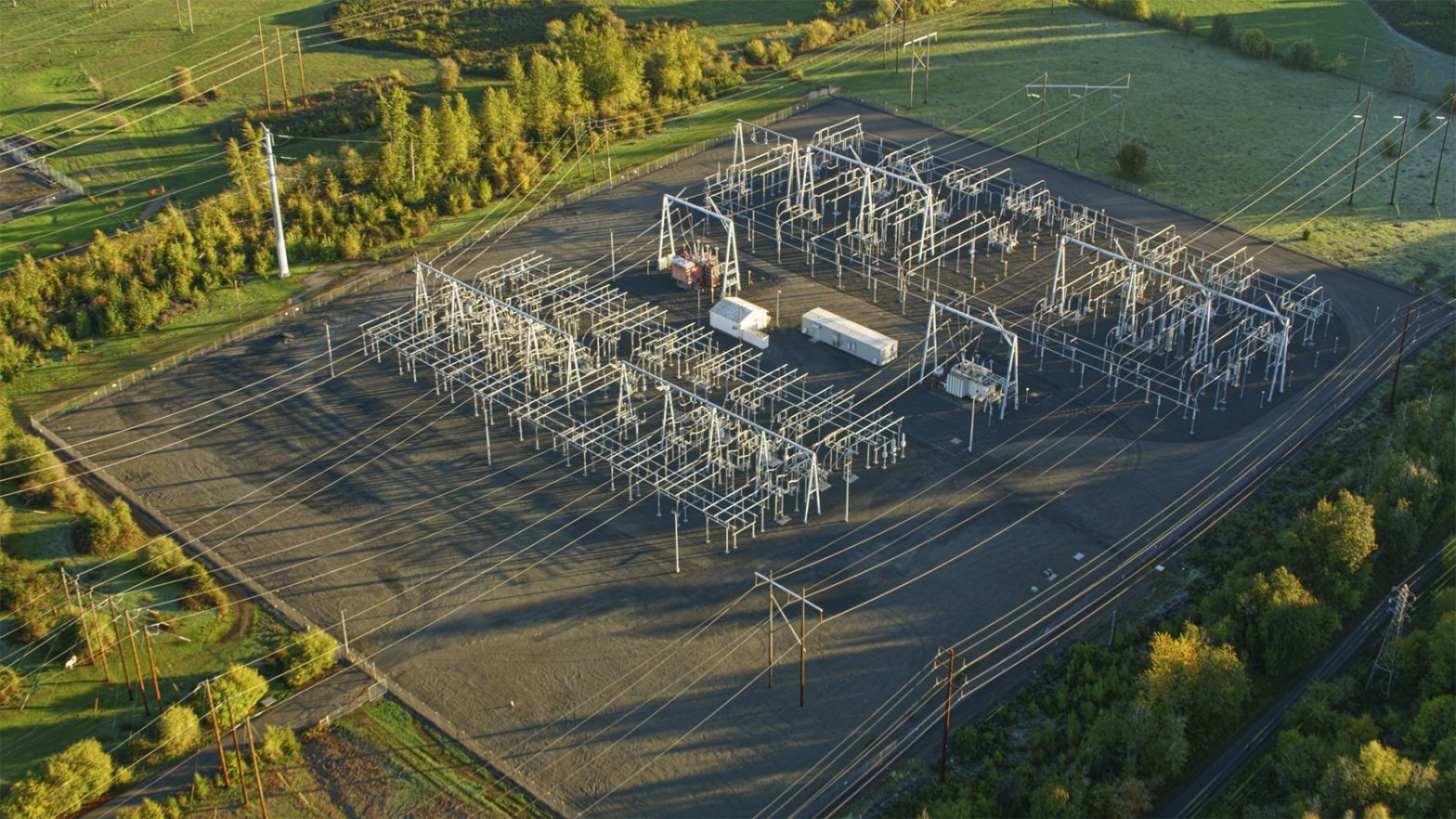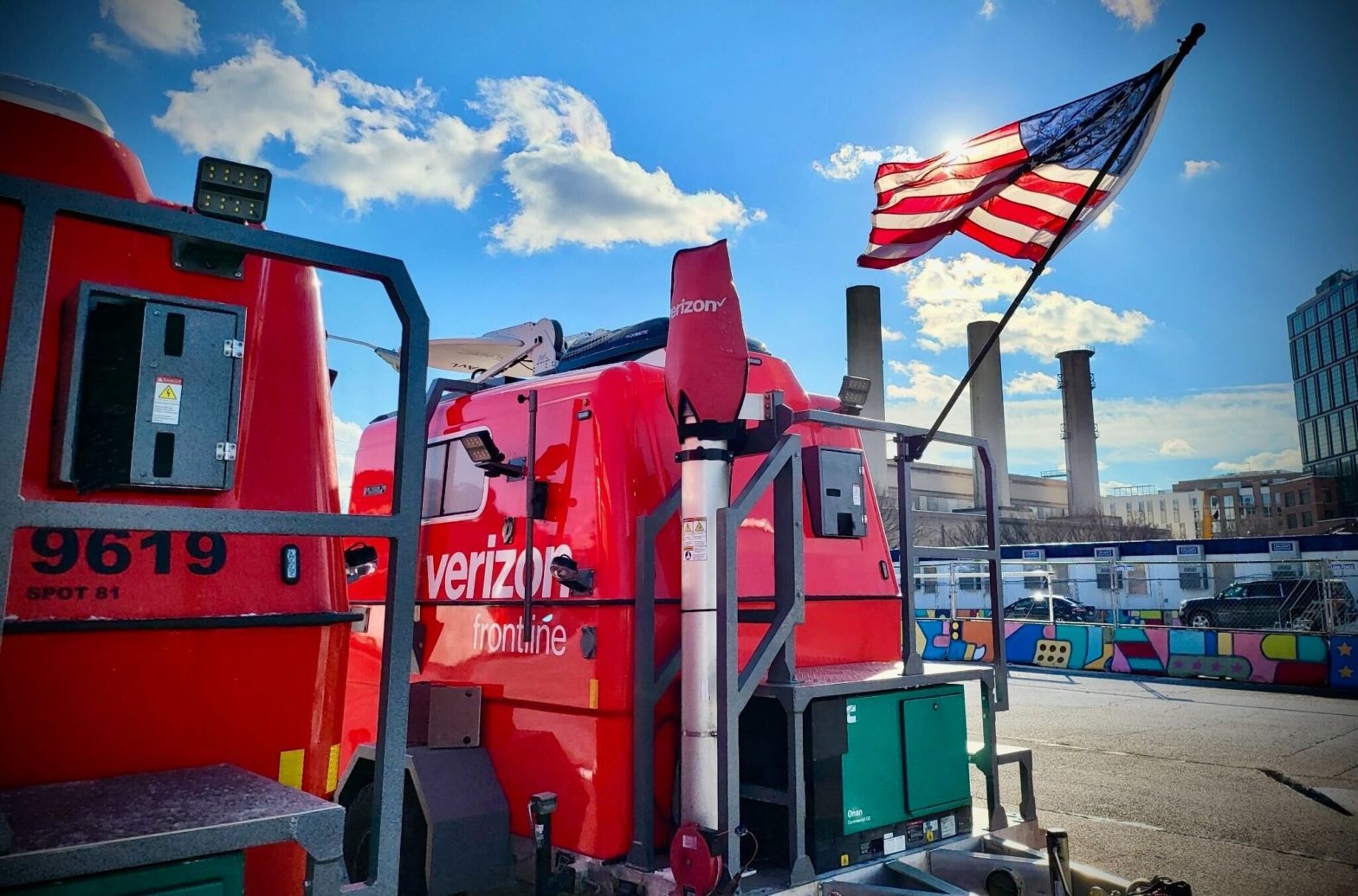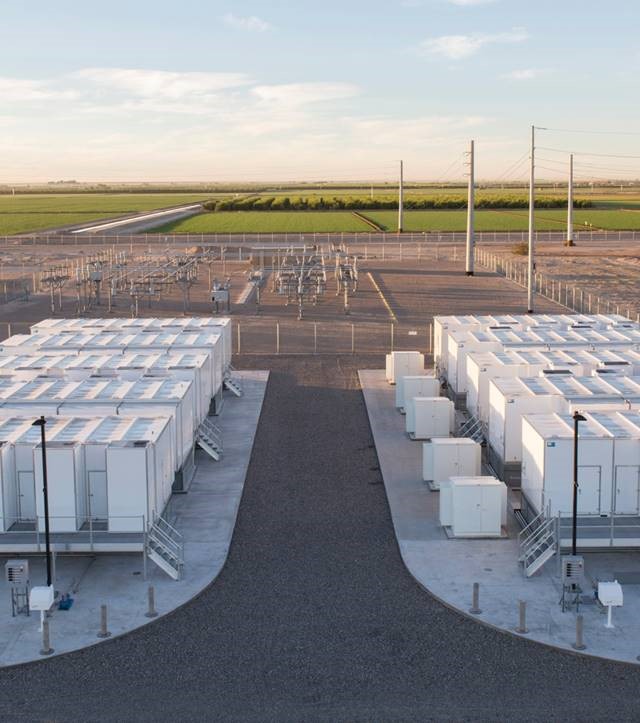
Secure cellular networks, supporting America’s rural utilities
03 December 2024
To handle power outages from severe storms and to manage cyber-attacks, new IoT services, and grid modernisation – electric utilities require access to secure wireless broadband networks to support critical infrastructure.
“The advantages for utilities in utilising secure networks are substantial and immediate. Southern Linc’s CriticalLinc™ LTE network was created with the unique security measures utilities desire to ward off cybersecurity threats to critical infrastructure,” said Alan McIntyre, Vice President of Engineering and Operations, Southern Linc.
“Our core network offering can be configured to meet an electric utility’s specialised needs. Most importantly, it means the utility’s critical operations and data communications are being delivered in a reliable and secure fashion.”
Rural electric cooperatives face the same security threats, customer expectations, and digital transformation challenging all electric utilities, plus others specific to how they operate. Customers in remote areas are particularly sensitive to outages, for example. Yet rural electric cooperatives, due to their nonprofit business model, are frequently resource strapped. Too often, they are the players in the electricity ecosystem least equipped to build and maintain a secure utility network. That’s where NRTC’s partnership with Southern Linc, Ericsson and Anterix comes in, delivering private and secure 4G LTE networking to rural electric co-ops across the US.
Convenience and control
Each member of this wireless partnership brings their own strengths to the offering, McIntyre explains, “NRTC offers fiber design and construction capabilities, Ericsson offers expertise in cellular and microwave communication technologies, Anterix delivers 900 MHz spectrum for smart-grid solutions, and Southern Linc provides the LTE backbone.” Through this partnership, NRTC members can utilise secure wireless networks that meet their requirements.”
By bringing these components together into a single solution, NRTC members can easily step into the wireless world. For example, SIM management, agreements with vendors, all of that can be complicated if a co-op does it on its own. With this infrastructure in place, this partnership makes it easier for NRTC members.
At the same time, the Southern Linc/Ericsson/Anterix solution offers control. NRTC co-ops can customise their networks to accommodate specific requirements. “They can have redundant backhaul transport, they can add generation backup beyond batteries, they control the cell site and transport design, and they can build and control the cell site, which gives them more reliability. These are all design choices they’ll have,” McIntyre says.
Secure by design
Given the fundamental, everyday necessity of reliable power and the escalating nature of both extreme weather and cyber threats, McIntyre emphasises how resilience, security, and reliability are built into the offering, “Southern Linc has two geographically redundant data centers with local redundancy at each, and NRTC members have access to both cores,” he explains. “Data provenance, protection, and privacy is maintained throughout. Architecturally, we can put a local packet gateway within NRTC members’ footprint, within their datacenter. User data stays local. Only signalling traffic is coming to our core.”
Facilitating a “network of networks”
As more and more participating co-ops get up and running, McIntyre anticipates “a lot of overlap” across cellular networks operated by co-ops and those run by investor-owned utilities, with “a lot of sharing” in areas like RAN and strong potential for mutual assistance.
“As all of these entities grow and expand, the benefit is a network of networks. From a coverage standpoint and a cell site standpoint, it’s a win-win.”


